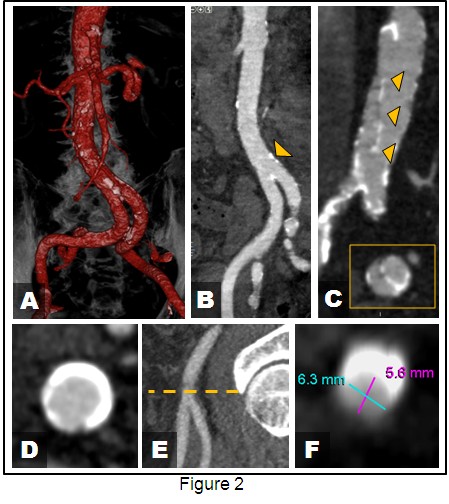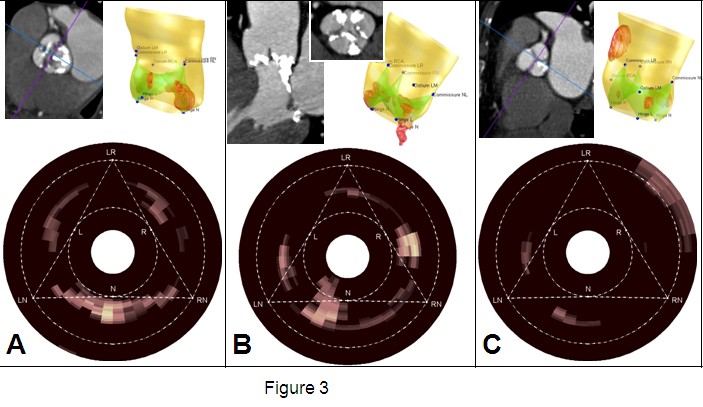Sarah Rinehart 美国Piedmont心脏研究所心脏病学家,主要研究领域是心脏影像。她积极参与心脏研究,例如颈动脉和冠状动脉粥样硬化的区域性研究和预防,尤其是使用心脏CT / MR。


Aortic stenosis is the most common valvular disease of the elderly. The natural history of symptomatic aortic stenosis is extremely poor and approximately 50% of patients will not survive past two years. Aortic valve replacement improves the long-term survival in patients with aortic stenosis. However, despite benefits of surgery, approximately 1/3 of elderly patients are deemed not to be surgical candidates.
Transcatheter Aortic Valve Replacement / Implantation (TAVR/TAVI) was first introduced in 2002 and is rapidly becoming an accepted intervention for the treatment of high risk patients with severe aortic stenosis. Compared to standard therapy, TAVR achieved a 20 percentage point reduction in the rate of all-cause mortality at 1 year in patients who could not undergo surgery. As an alternative therapy, TAVR has been found to perform similarly in terms of death rate from any cause, symptom reduction, and valve hemodynamic improvement at 2 years compared to surgical aortic-valve replacement. The two devices currently available are the Edwards SAPIEN Transcatheter Heart Valve and the Medtronic CoreValve. The SAPIEN valve was approved by the FDA October 2012 and the CoreValve is currently only available in clinical trials. At this time, TAVR prostheses have been implanted using transfemoral, subclavian, transapical and direct aortic approaches.
However, TAVR is not without its challenges and vascular access complications are common with rates between 6.3%~30.7%. In addition, TAVR treated patients have greater frequency of paravalvular regurgitation than surgically treated patients and even mild paravalvular regurgitation is associated with increased late mortality. Many of these issues can be mitigated with multi-modality imaging. Bloomfield et al. have outlined the goals of pre-planning for TAVR with multimodality imaging as follows: ①measuring aortic annulus size; ②measuring leaflet length and calcification; ③locating the coronary ostia; ④identifying other features that might interfere with successful implantation; and ⑤contributing to pre-procedural planning.
Trans-thoracic echocardiography (TTE) is a valuable tool in the pre-procedural planning of TAVR. It is the basic step of assessing severity of aortic stenosis and thus candidates for surgical or TAVR intervention. However, the image acquisition is often operator dependent and can only assess 1 dimension of the aortic annulus. Despite this limitation, there was great success with the PARTNER trial using TTE for the basis of sizing of the valve. Transesophageal echocardiography (TEE) is essential during implantation of the valve and holds promise for evaluation of the aortic



 京公网安备 11010502033353号
京公网安备 11010502033353号